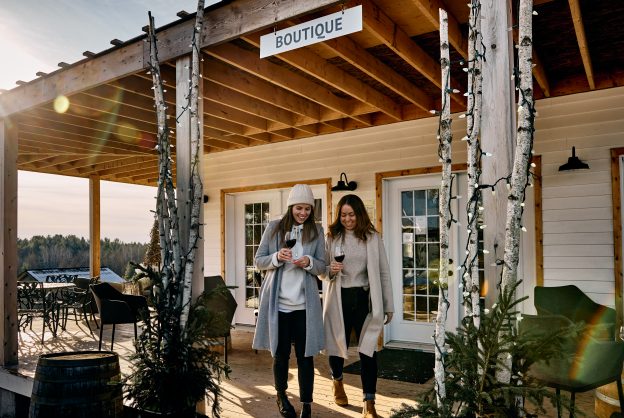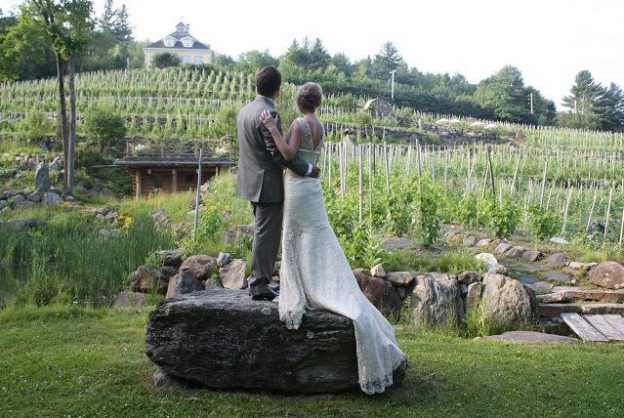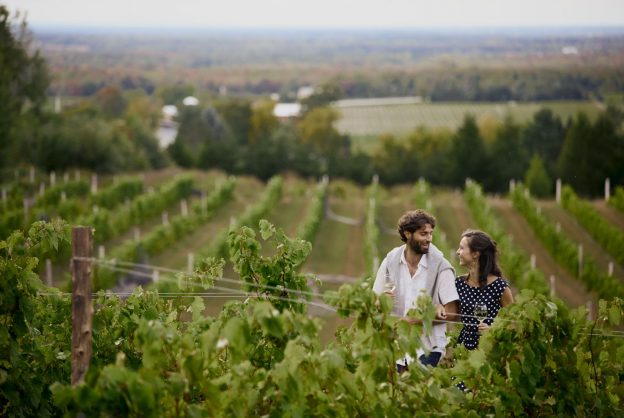How is rosé wine made
As part of the Printemps Gourmand & Rosé event in collaboration with the Wine Route and Tourisme Cantons-de-l’Est, we travelled to the Jean Talon Market to provide Montrealers with the opportunity to discover Eastern Townships’ rosé wines.
After the tastings, we asked participants to respond to a few questionsand the last one was ” How is rosé wine made ? “
We quickly realized very few people know how rosé wines are made. Here’s a brief explanation.
Contrary to popular belief, you don’t get rosé wine by mixing white and red wine. Actually, it’s made into wine from red grapes.
The most common technique for making rosé wine is the direct pressing method. This consists of reducing the maceration time of the grape’s skin with the must. The must is then naturally coloured by the anthocyanins in the grape’s skin, but it’s done at a lesser level than in the red grapes, where the skin is allowed to macerate longer. In some instances, it’s possible that immediately after the grape pressing the must is coloured enough to be extracted from the tank and moved on to the fermentation stage.
Another less common technique is the bleeding process. This consists of extracting part of the grape juice macerating in the tank of red wine in order to increase the solid/liquid concentration of the mixture and thereby get a coarser wine. The extracted must will be transformed into wine to make rosé.
It should be noted that some rosé wines can be made by mixing red and white wine, but this is a seldom used and controversial technique.
*This article has been fisrt publish on The Wine Route website




0 comments